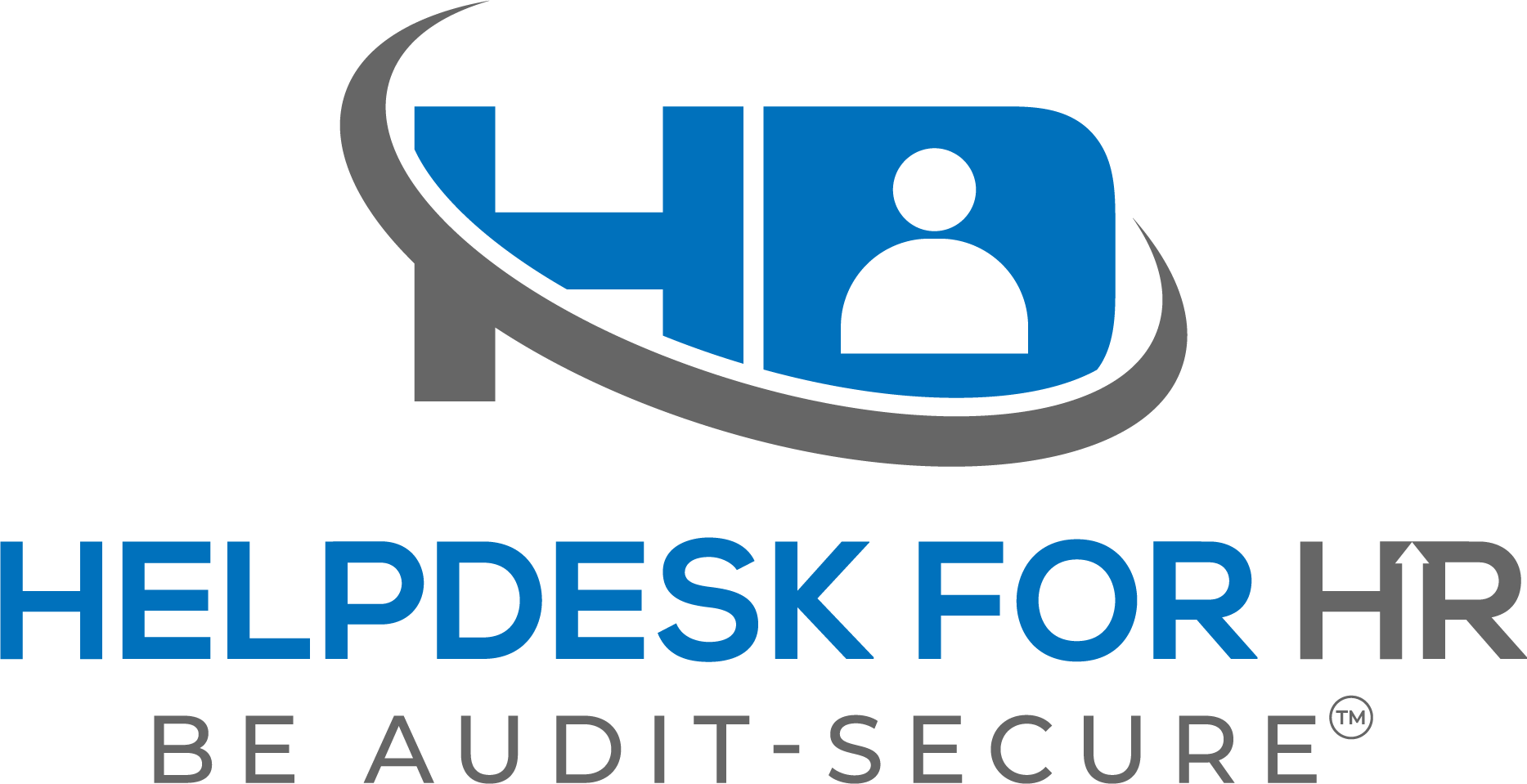The California Department of Industrial Relations (DIR) recently announced the immediate implementation of the Indoor Heat Illness Prevention regulation. This new regulation is a vital step in safeguarding employees who work in indoor environments where temperatures can reach dangerous levels. Here’s a comprehensive guide on what employers need to know to comply with these new requirements and ensure the safety of their workforce.
Key Requirements of the Regulation
Applicability
The regulation applies to all indoor work areas where temperatures meet or exceed 82° Fahrenheit. This threshold is critical, as temperatures at this level can pose significant health risks to employees, making it essential for employers to take preventive measures.
Written Indoor Heat Illness Prevention Plan
Employers must establish, implement, and maintain a comprehensive Indoor Heat Illness Prevention Plan. This plan should detail the specific actions the company will take to prevent heat-related illnesses, ensuring a structured approach to maintaining employee safety.
Water Access and Consumption
A crucial requirement is providing access to water and encouraging frequent hydration. Proper hydration is one of the most effective ways to prevent heat illness, and employers must ensure that employees have easy access to drinking water at all times.
Cool-Down Areas
Employers are required to provide cool-down areas where employees can take breaks and lower their body temperature. These areas are essential in preventing heat stress and allowing employees to recover from exposure to high temperatures.
Assessment of Control Measures
Regular assessment of control measures is necessary to maintain safe indoor temperatures. This includes evaluating ventilation, air conditioning, and other cooling systems to ensure the workplace environment remains within safe limits.
Emergency Response
An emergency response plan must be in place to address any incidents of heat illness. This plan should include procedures for recognizing symptoms, administering first aid, and obtaining medical assistance if needed.
Acclimatization
Employers need to implement acclimatization procedures to help employees gradually adjust to working in hot conditions. This is especially important for new employees or those returning from an extended absence.
Employee Training
Training on heat illness prevention must be provided to all employees. This training should cover the risks of heat illness, the importance of hydration, recognizing symptoms, and the steps to take in an emergency.
Immediate Actions for Employers
Evaluate Temperature Controls
Employers should assess their current temperature control measures and, where possible, aim to keep workplace temperatures below 82° Fahrenheit. Taking this proactive step can significantly reduce the risk of heat-related illnesses.
Develop and Implement Plans
For any work settings covered by the new regulation, employers should promptly develop indoor heat illness prevention plans and provide comprehensive training to their employees. This includes creating a detailed prevention plan, setting up cool-down areas, and ensuring all employees are well-informed about the new requirements.
The immediate implementation of California’s Indoor Heat Illness Prevention regulation highlights the critical importance of protecting employees from the dangers of high indoor temperatures. By adhering to these requirements and taking proactive measures, employers can not only ensure compliance with state regulations but also foster a safer, more productive workplace. Prioritizing employee health and safety is not just a legal obligation—it’s a cornerstone of a positive and thriving work environment.
By following these guidelines and staying informed, employers can successfully navigate the new regulatory landscape and prioritize their employees’ well-being. For more detailed information and resources, visit the California Department of Industrial Relations website.
Be Audit-Secure!
Lisa Smith, SPHR, SCP
Log in or Register to save this content for later.
